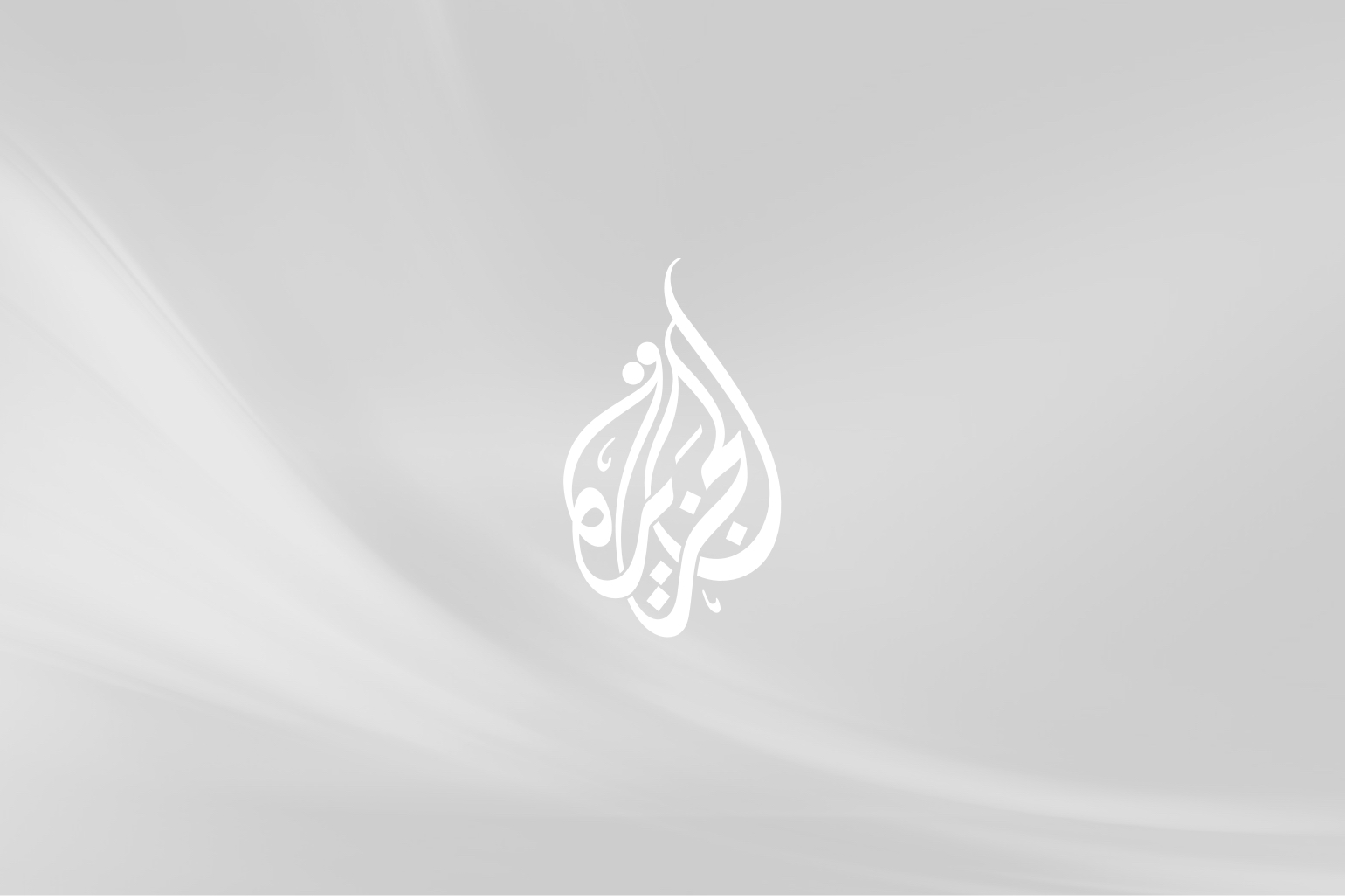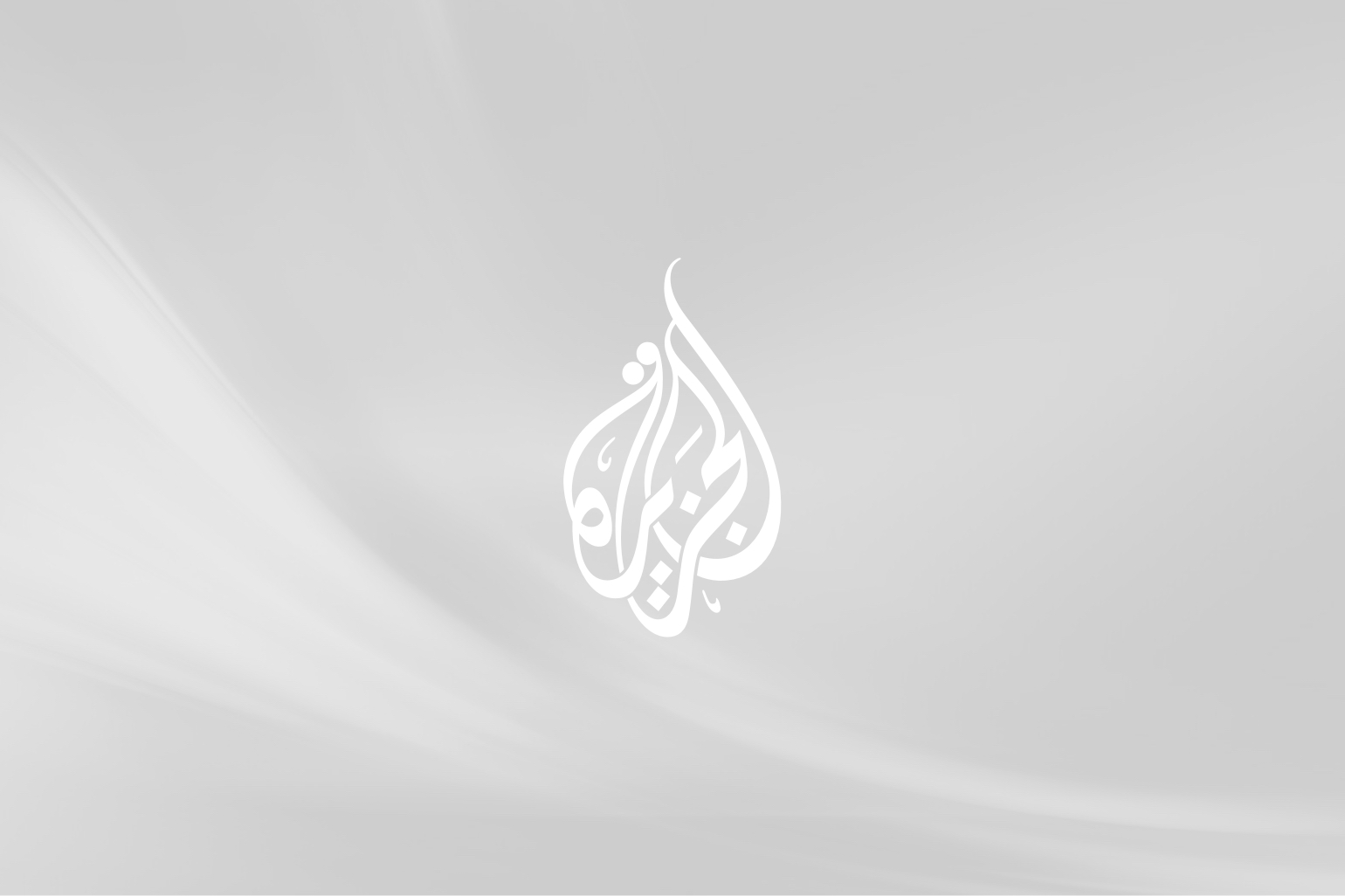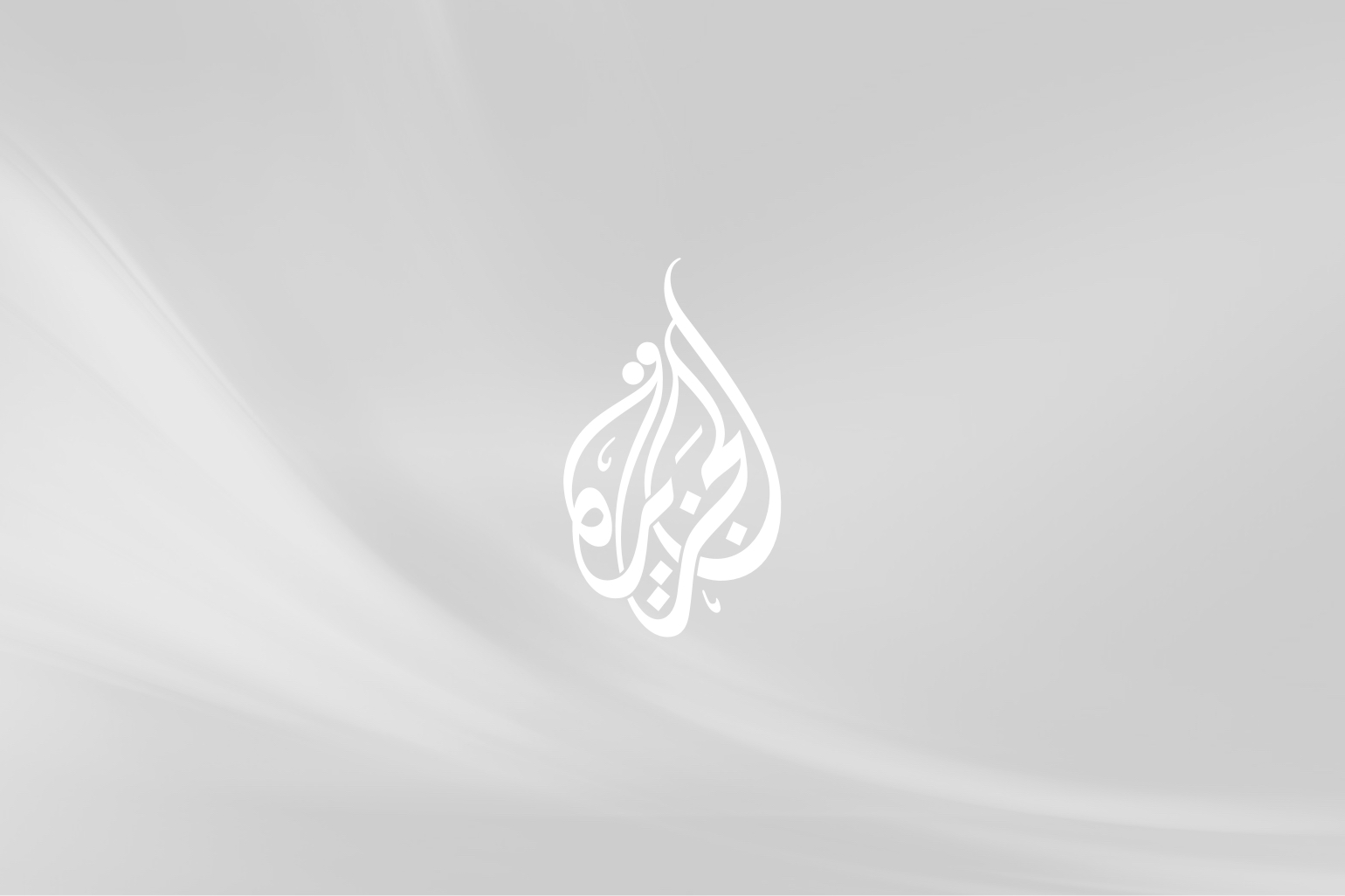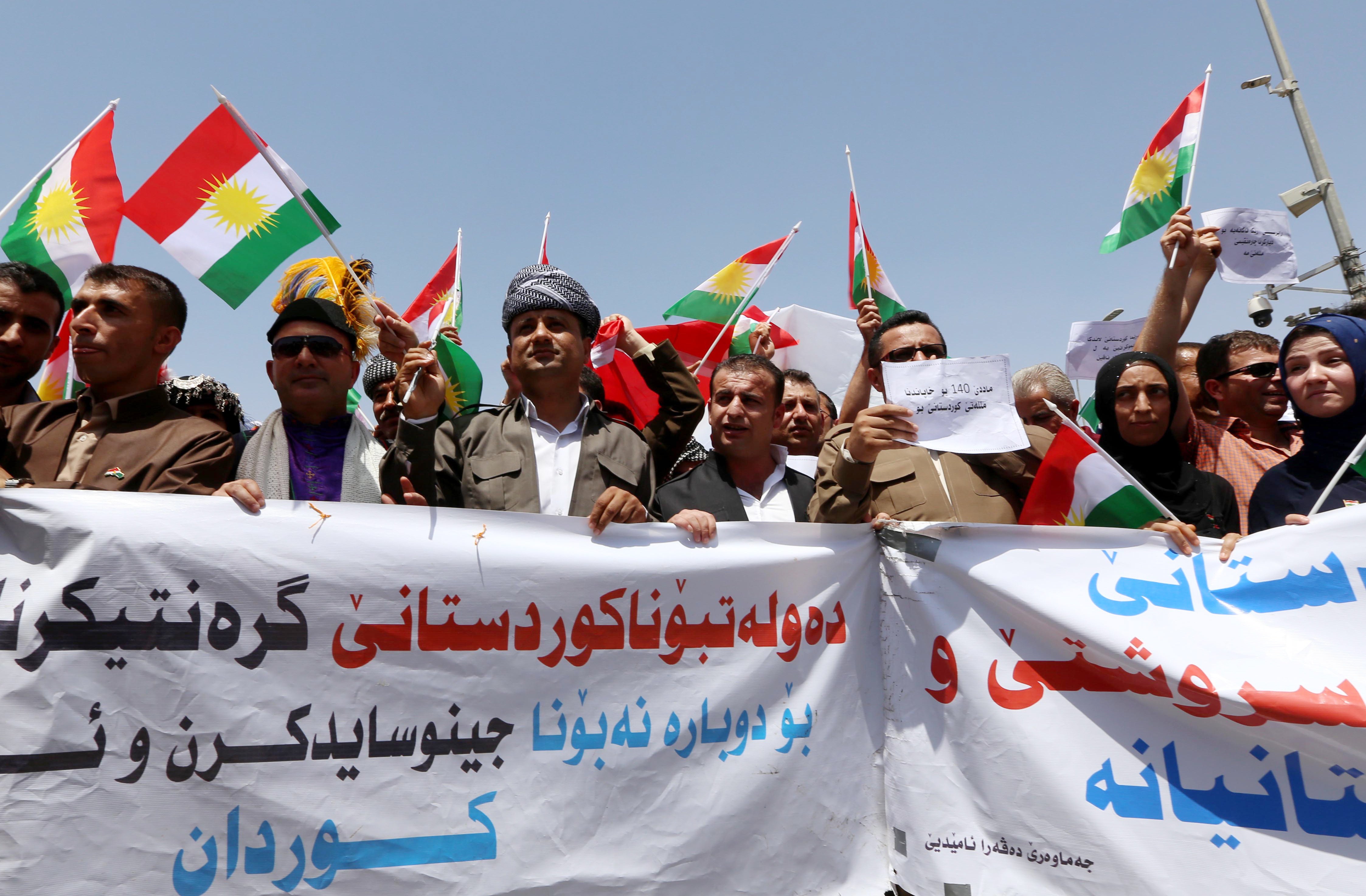Pictures tell story of dispossession
At first glance, Berna appears a playful 11-year-old, cheerfully banging on the computer and chatting with her young friends.
Then, the photographs appear. They are snapshots of her pain and poverty. It is in these photographs that it becomes clear that Berna is only 11 in years, not in life. Her eyes have seen too much to be a carefree as she should be.
 |
|
Many Kurdish children in Turkey have not |
Berna is just one of an estimated 10,000 children who shine shoes and sell sweets on the streets of Diyarbakir, a mostly Kurdish city in southeast Turkey. Now, thanks to the new Diyarbakir Culture Centre, Berna may get some of that childhood back. The centre has 50 volunteers and more than 700 members in just five months of work.
Three months ago, Berna joined a centre workshop that is teaching her and four other children to take photographs and run a dark room. The workshop is part of a project to use art to rehabilitate the people of this town by breaking through the silence of 15 years of conflict and suppression.
“Art can touch these people in a new way,” said Melike, the director of the new Cultural Centre. “It helps them to speak.”
There is much to speak about.
 |
|
Turkey’s Kurds have been observing events |
Diyarbakir was at the centre of a little-acknowledged but vicious civil war fought between the Turks and Kurds from 1985 to 1999. Then, 30,000 Turkish soldiers and even more Kurdish separatist fighters and civilians died. Berna’s father was killed by Turkish troops and her village, like two thousand others, was burnt. Her family was forcibly moved to this sprawling city of about a million people and she was sent to hawk sunflower seeds.
It is a war where most of the bullets were fired years ago, but the wounds still linger. Many Kurds and Turks fear the conflict is only suspended, not resolved.
I asked Berna if she likes living in the city and she draws a picture of herself, her house and her sister. It is the same picture you could see in kindergartens around the world, except for some rain that falls into an oversized glass. “I am thirsty,” she said. “The city is like a desert and even picking a flower is forbidden.”
Melike explains that for children like Berna the hurt continues. “These displaced people are suffering from post-war culture shock,” she said. Many families lost a close relative in the fighting and many witnessed a shooting. The forced depopulation of the countryside led to the dropping of hundreds of thousands of Kurdish rustics into a bustling, industrial town.
 |
|
War in Iraq has further destabilised their |
Melike said there is a residual anguish, particularly in women and children, which has no space to dissipate in this urban claustrophobia. Children have grown old too young and the spirit of Kurdish women has been crushed, she said. Melike wants to offer them a way out by giving a “voice to the geography of this region.”
In a workshop called Daily, Kurdish women are encouraged to keep a diary to record their observations, fears and reflections on the past war. Each month they meet with writers from Istanbul to discuss their work.
The diaries are cathartic, said several women involved in the group. “Writing takes everything out of your heart and releases you,” said Nuray. Years of learning to not trust your neighbour for fear she is a spy, still corrupts friendships in this town. Nurgul, another fledgling diarist, admits it is still impossible to know who the Turkish informers are. “For me the diary is a trusted, secret friend. I keep it on me at all times and write poems there.”
Culture in modern day Turkey has mostly flowed out of the West and Istanbul toward the poorer, rural east, mostly because the Kurds – who compromise 20 per cent of Turkey – had no public, ethnic identity. The government calls them ‘mountain Turks’ and forbids them to speak the Kurdish language.
Like a dam, this denial of identity has created a virile reservoir of Kurdish resentment, leading to anti-Turkish feelings. This political and cultural containment fostered a desire for independence, hence the war.
 |
|
Turkey’s prosperous west hides a poverty- |
The culture centre wants to channel Kurdish identity peacefully back into mainstream Turkish culture and diffuse the mutual hostility between Turks and Kurds. “We are not here to promote an alternative voice to that of Turkey,” said Melike. “There is a lot of local potential. If we can provide the skills for just one person to write a novel or shoot a film that can express the situation of the region that is enough for us.”
With the backing of Turkish and foreign institutes, the centre also invites professional actors, writers, directors and photographers from Istanbul and abroad to run workshops, give lectures and hold exhibitions. The conflict and its aftermath of security patrols and curfews left little room for non-essential activity and thus there are few local Kurdish artists and writers.
This week, the Lawyer’s Bar is showing a film on refugees, a theatre group is presenting Harold Pinter’s plays and American director James Longley will come to talk and show his film on Palestine. The line-up is rather political, Melike admits, but the community would be little served by Hollywood screenings. “Our members prefers to see films they can relate to, those about daily life and those with political content. We often show European art films too.”
Berna returns with her friends and more photographs and separates her favourite pictures – all of street children. Berna said she wants them all to stop working and take photographs like her, but for the moment the culture centre’s budget can only stretch to training five children. And even as the centre struggles to raise funding, the levels of unemployment, poverty and crime throughout the southeast continue to grow.
In the meantime, Berna has plans of her own. When asked what the future holds for her, she has no doubt of where her future lies. “I want to be a photographer, of course.”